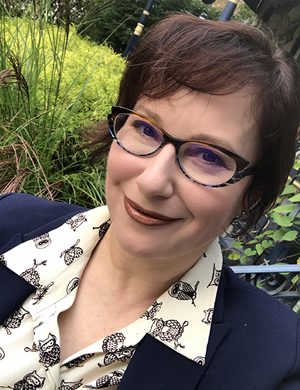
Ruth Anne Robbins
ABSTRACT: As lawyers we know that stories persuade audiences, even if we are unaware of the cognitive processes that stories activate. But understanding the science of story cognition can lead us to tell better stories on behalf of clients. Legal stories, at their most effective, are nonfiction narratives that organize facts in a cause-and-effect flow; the flow seamlessly leads the audience to a natural story ending (i.e., a legal outcome) that favors the client. As part of the associated cognition, legal stories are effective because they create a response in the audience: changing or reinforcing the audience’s current attitudes, beliefs, or behaviors.
This Applied Legal Storytelling article explores and applies to written legal communication the cognitive psychology concept of “narrative transportation.” Narrative transportation happens when the author creates a story portal through which the audience travels and becomes immersed in the story’s world. You experience this when you become “lost in a story.” Narratively transporting the audience into the story is critical to persuasion via storytelling. Taking the audience through that portal can reinforce or even change audience responses. Becoming immersed in a story employs cognitive processes that differ from the way we comprehend rhetorical arguments—in fact, some of the psychology studies demonstrate that story cognition is a more effective way of managing and overcoming audience resistance to the messages compared to rhetorical argument.
The article also takes a granular look at the science and applied studies of key storytelling elements associated with narrative transportation. Readers should take away the central idea that scenes drive the creation of the story portal and the audience’s sensation of transporting into the story. A scene is a combination of setting and action. Thus, the lawyer’s strategic description of action and setting are key to the story-based cognitive processes leading to audience persuasion.
